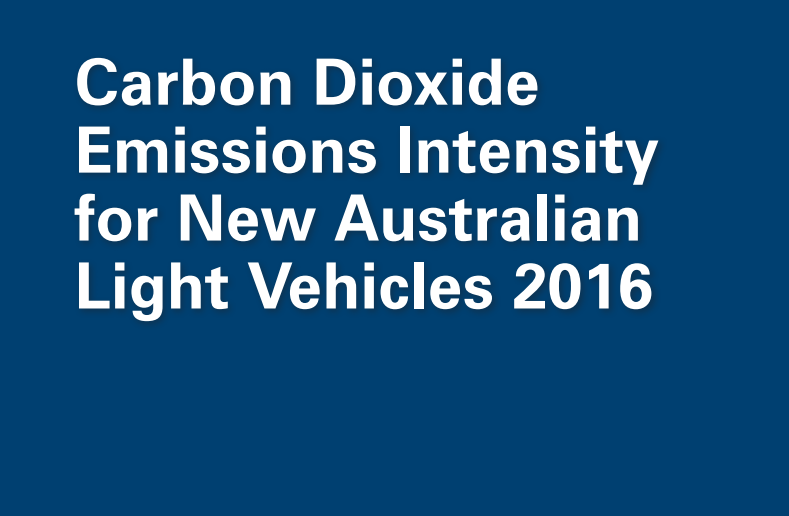- An international transport expert believes that the language and expressions now commonly used to describe new transport technologies and services are grossly distorting our view of future.
This week at a major transport conference in Adelaide, keynote speaker Professor Graham Currie from Monash University, will discuss the gross misconceptions he believes we have about the impacts of autonomous vehicles, ride sharing services and other “new mobility” developments.
He will build on his research that has included the technical paper “Lies, Damned Lies, AVs, Shared Mobility, and Urban Transit Futures”. According to Professor Currie the use of the expression “ride sharing”, to describe services such as Uber and Lyft, incorrectly suggests that they involve lots of shared vehicle occupancy. His research proves otherwise.
He also says that autonomous vehicles, as far as cars are concerned, are anything but the utopian dream that we have been led to believe. He believes that this distortion means that we will fail to develop the right transport system to effectively meet our needs.
The annual National Conference of the Australian Institute of Traffic Planning and Management (AITPM) (www.aitpm.com.au) is being held, this year, at the Adelaide Convention Centre. It is a conference with a strong reputation for addressing practical issues, not just grand theories on transport. This year it has attracted close to 400 delegates from all over Australia and overseas. The conference proper is on Wednesday (31st July) and Thursday (1st Aug) and there are workshops on Friday (2nd Aug).
Other Keynote Speakers
Phil Jones: A managing editor for Manual for Streets 2 “ It aims to increase the quality of life through good design which creates more people-oriented streets”.
Dr JD (‘Doug’) Hunt: Professor of Transportation Engineering and Planning in Canada “Computer modelling including solutions to cultural, organizational, and technical challenges”.- Prof Currie is available for interview: Call David Brown – 0402 143 920
- Media representatives are invited to attend all conference sessions.
- Conference Home page
- Conference program
- News
- 30 July 2019
Highlights
Overdrive: EVs outsells diesels; Tesla outsells Audi; Toyota backs fuel cells; Quirky history of Central Railway Station
29 April 2023

Interview: 75 years since Land Rovers started helping build the Snowy Mountains Hydroelectric Scheme
4 April 2023

Nissan Figaro – A restoration with character and class
30 January 2023




